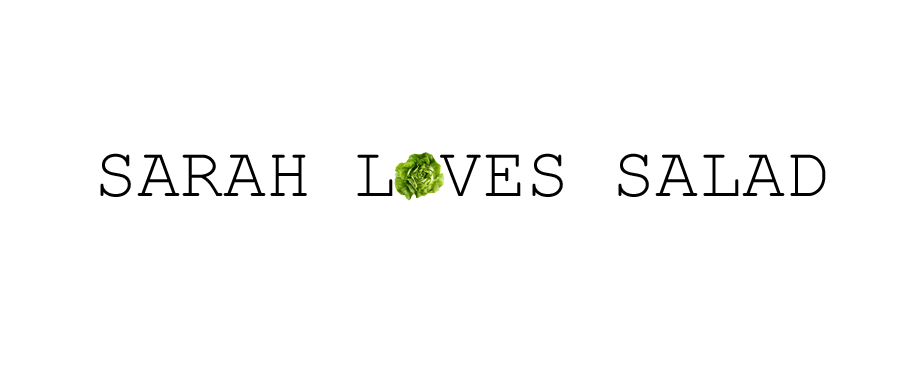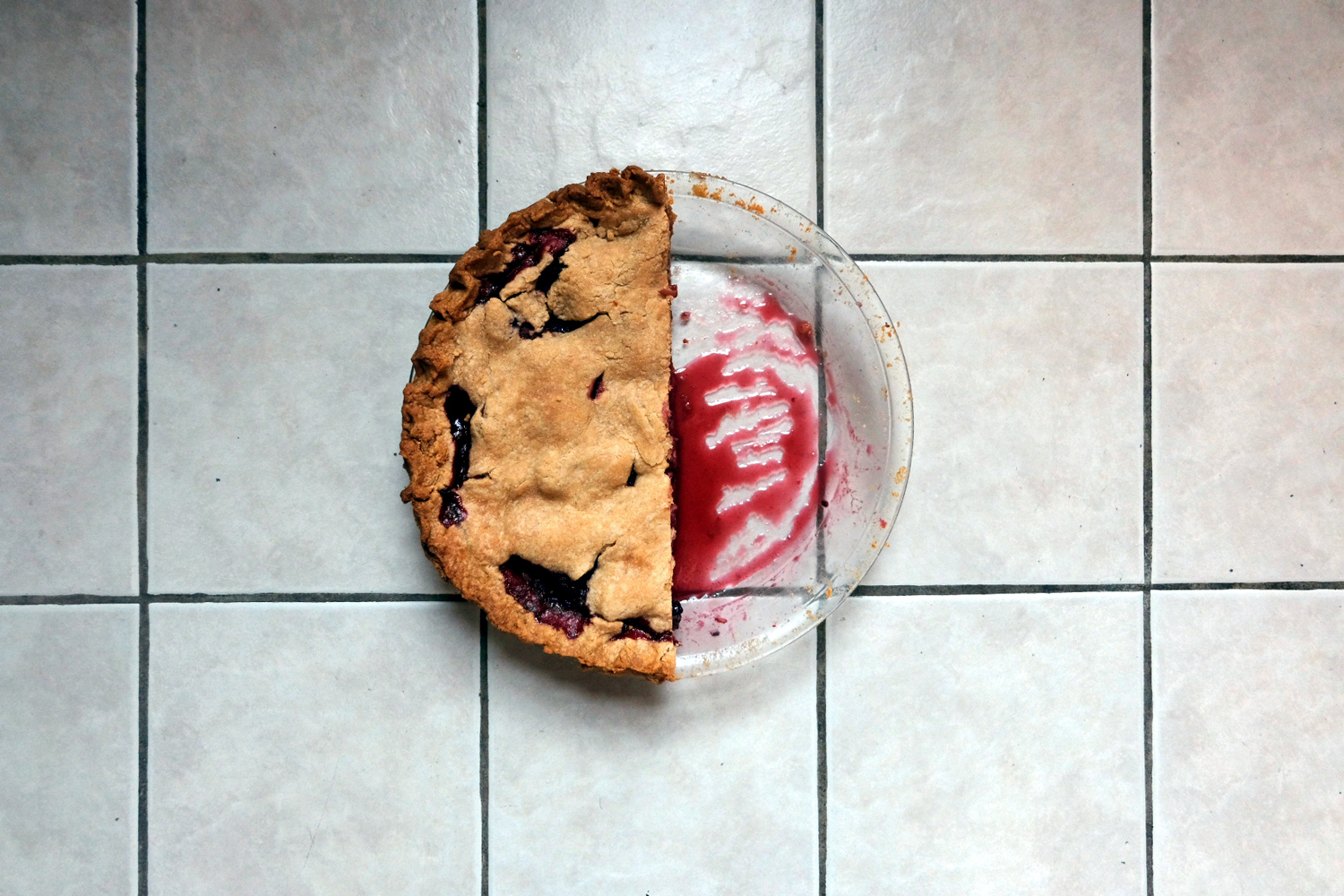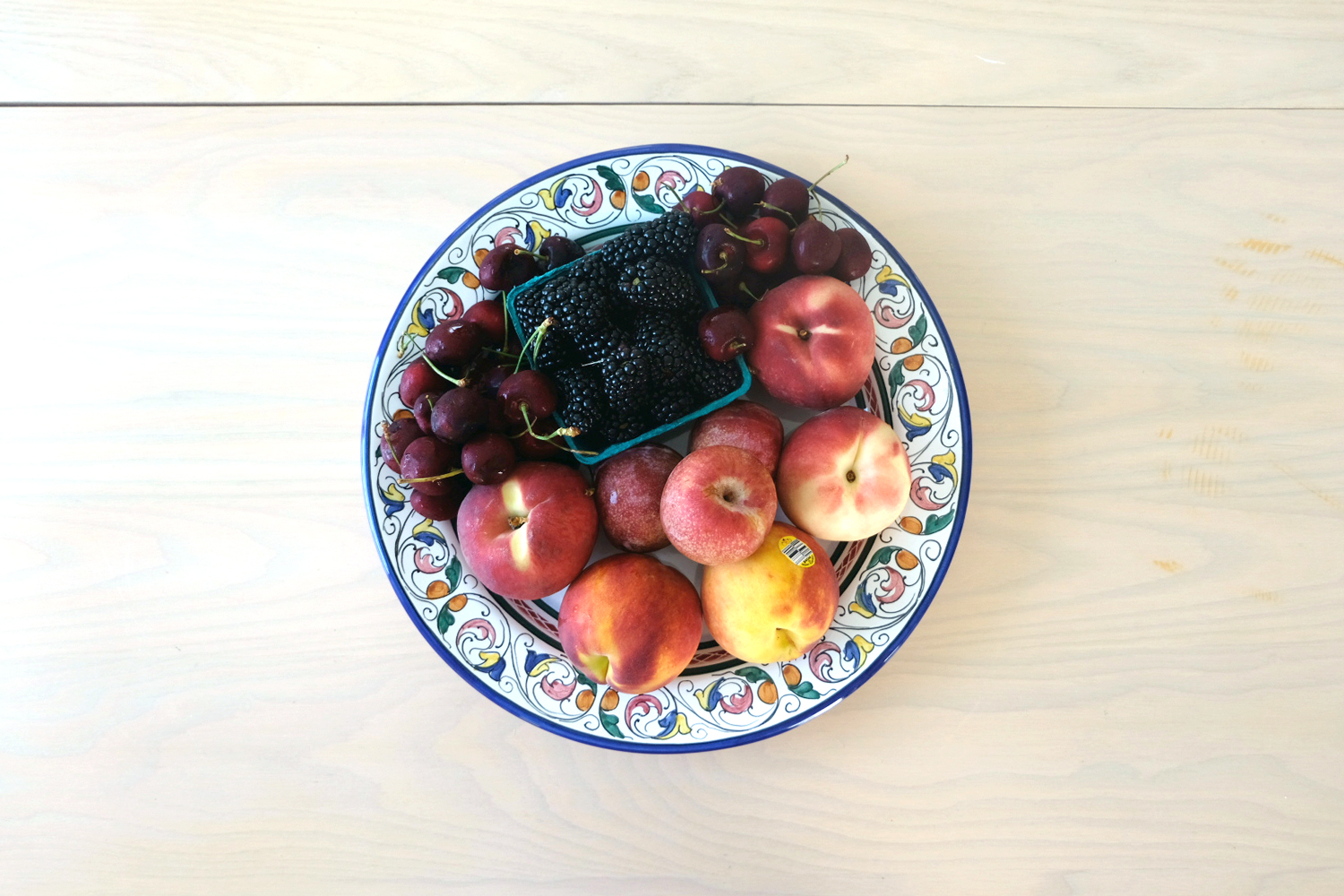So this one has a little bit of a preamble and it starts with, I don’t really like cooked cherries. I’m not sure why. I’m not sure what happens when you cook cherries but something happens to the flavor and texture that I just don’t love. This happens, funny enough, with carrots too. I love raw carrots and always have them in my fridge, but I don’t generally like cooked carrots. They get too sweet and too mushy. Grilled carrots, I’m fine with.
Anyway, it’s been a absolute gangbusters cherry season here in the north east. They are everywhere and they have been amazing. About two weeks ago, they were all laid out in pints with blueberries and it got me thinking that I’ve made so many different pie and crisp fruit combinations — apple, apple-cranberry, apple-rhubarb, blueberry, blueberry-rhubarb, cherry, peach, peach-raspberry, peach-blackberry, plum, strawberry-rhubarb, but never cherry and never cherry-anything.
It’s been a busy and hot few weeks — not exactly prime baking conditions — and so I’ve been reading recipes for all sorts of cherry desserts, cobblers, pies, and clafoutis, or a reliable fruit cake with cherry instead, and I decided to make … wait for it … a pie. What can I say. The heart wants what the heart wants.
Apricot-Peach-Pluot-Cherry-Blackberry Pie
4 apricots, sliced into then crescents
2 peaches, sliced into then crescents — I used white peaches, but yellow will do fine
2 pluot, sliced into then crescents
10 ounces of sweet cherries, pitted and halved
10 ounces of blackberries, halved or quartered if they are large
2 tablespoons granulated sugar
1/2 teaspoon of cinnamon
1 tablespoon of corn starch
Erin McDowell’s perfect pie crust, doubled
Normally, pie instructions will tell you to make the crust first and then get your fruit together while your crust spends some time in the fridge before you roll. For this, because there are so many different fruits, I’d highly recommend chopping all of the fruit and mixing it together gently with the sugar and the corn starch and allowing it to sit either at room temperature for an hour or two or in the fridge for a few hours. I find that this will help bring all of the fruit together and it allows for the cornstarch to bind.
Follow Erin’s instructions for crust, refrigerate for at least 30 minutes, and then roll
One additional comment on this that I keep meaning to make a very short Instagram video of, and that’s, obviously, pie crust is notoriously difficult — I think Deb’s photos here are really helpful and then, after you finish cutting the butter into the flour either with your fingers or with a pastry cutter:
This is absolutely freaking genius. So in the video, Emily tosses the flour, which you can see at the 1 minute mark, but since my mixing bowls have handles, I actually toss the whole bowl with an even push forward and toss action and what happens is the clumps of butter and flour begin to attract the loose flour and tiny pieces of butter, slowly forming into larger and larger clumps of dough which you can then easily press into a single disc of dough
Measure your dough into two equal balls, press into discs, and refrigerate for at least 30 minutes
Roll out the two pie crusts, press one into the bottom of the pie plate, spoon the fruit mixture with a slotted spoon in discarding any juice that may have gathered at the bottom of the bowl, gently place the second crust on top, crimp the edges together and bake for 60-70 minutes at 350 degrees


